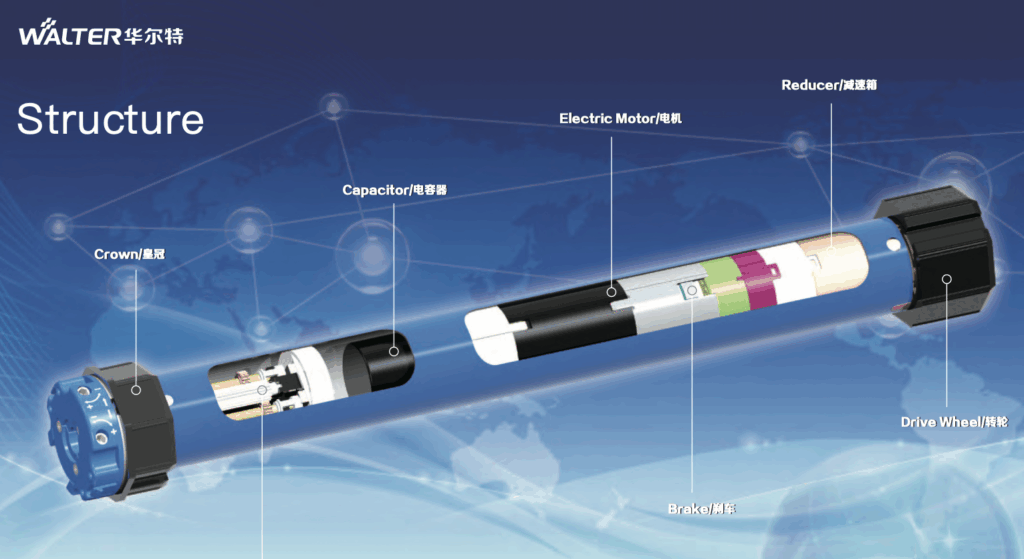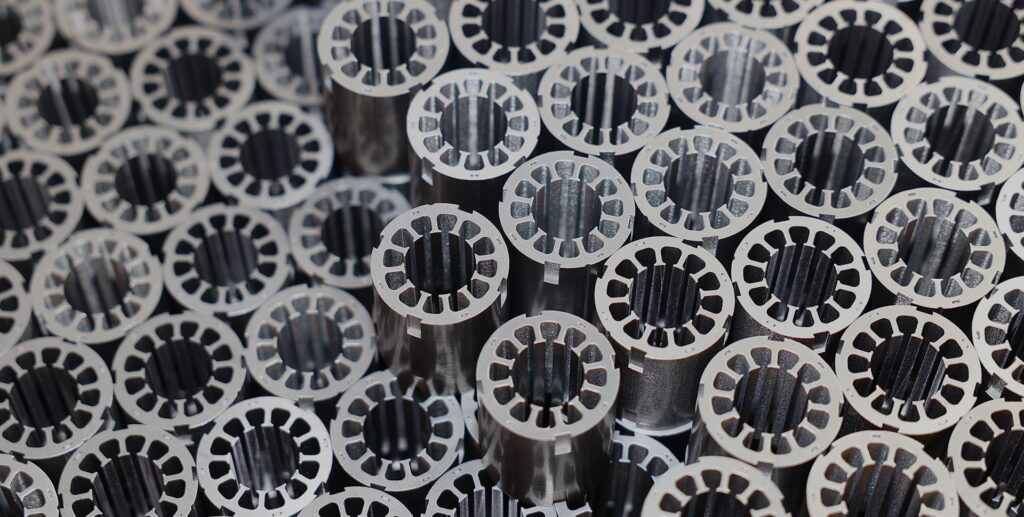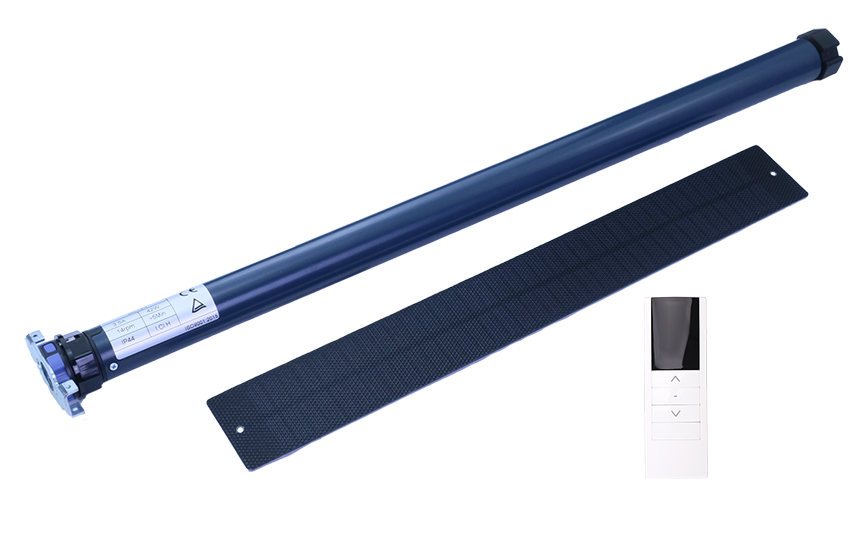How Tubular Motor Works?
A tubular motor is a compact, efficient device commonly used in roller shutters, blinds, awnings, projection screens, and similar automated systems. Its slim cylindrical design allows it to be inserted directly into the shaft or tube of the structure it powers, making it a space-saving and practical solution for modern automation needs. Understanding how this type of motor functions requires a look at its internal components, operating principles, and control mechanisms.
Basic Structure
The motor gets its name from its tubular shape, which simplifies installation and protects its components from external damage. Inside the housing, several key parts work together:
- Electric Motor Core: The heart of the unit, usually powered by AC or DC electricity, converts electrical energy into rotational motion.
- Gearbox: A reduction gear system slows the motor’s high-speed rotation, increasing torque and allowing it to lift or lower heavy objects smoothly.
- Limit Switches: These switches are programmed to define the upper and lower travel limits, ensuring that blinds, shutters, or screens stop at precise positions every time.
- Brake Mechanism: A built-in brake locks the shaft in place when the motor stops, preventing unintended movement due to gravity or external force.
- Control Interface: Depending on the system, this may involve manual switches, remote controls, or integration with smart home automation hubs.
Each part is carefully engineered to deliver reliable, quiet, and long-lasting performance while requiring minimal maintenance.

Operating Principle
When activated, the electric motor converts electrical energy into mechanical energy through electromagnetic induction. Current flows through copper windings, creating a magnetic field that interacts with permanent magnets or stator poles, causing the rotor to spin. This rotational energy is transferred through the gearbox to the drive tube, which directly rotates the connected roller or shaft.
The torque generated is proportional to the motor’s size, voltage, and gear ratio. Since tubular designs are intended for confined spaces, the emphasis is on achieving high torque in a compact package. Engineers optimize this balance by selecting lightweight materials, efficient gear systems, and precision bearings to minimize energy loss.
Role of Limit Switches
Limit switches are a defining feature of this motor type. They ensure the system operates within safe and efficient boundaries. By mechanically or electronically setting the top and bottom positions, these switches prevent the motor from over-rotating, which could damage the shutter or cause the motor to overheat. Many modern systems use electronic limit switches, which are easier to program and adjust compared to older mechanical versions.
Safety and Protection Features
Tubular motors are designed with safety and durability in mind. Built-in thermal protection is common, automatically cutting power if the motor overheats due to excessive operation. Some advanced models also include obstacle detection, stopping movement if resistance is detected—an essential feature for child safety and equipment longevity. Additionally, the sealed housing protects internal components from dust and moisture, making these motors suitable for both indoor and outdoor applications.
Integration with Automation
One of the most attractive features of tubular motors is their compatibility with modern home and building automation systems. They can be connected to wall switches, remote controls, timers, or even smartphone apps via Wi-Fi or Bluetooth. Smart controllers allow users to schedule operation, monitor system status, and integrate motorized shades or shutters with lighting and climate control systems. For example, blinds can automatically adjust based on sunlight levels, reducing energy consumption and improving comfort.
Installation and Maintenance
Installing this type of motor is relatively straightforward for professionals. The cylindrical shape allows it to slide into the hollow shaft of a blind or shutter, reducing the need for external brackets or mounting equipment. After securing the motor, installers set the travel limits, connect the power supply, and configure the control system. Once installed, maintenance requirements are minimal. Occasional inspection of the electrical connections, mounting hardware, and lubrication of mechanical parts ensures smooth operation over many years.
Applications
Because of their compact size and high torque, tubular motors are widely used in various industries and residential settings:
- Residential Blinds and Curtains: Motorization adds convenience, especially for large or hard-to-reach windows.
- Commercial Roller Shutters: Provides security and quick access in warehouses and storefronts.
- Awnings and Pergolas: Automates outdoor shading solutions for improved comfort and weather protection.
- Projection Screens: Allows easy setup in classrooms, offices, and home theaters.
- Industrial Equipment: Used in machinery where compact yet powerful actuation is required.
These applications highlight the versatility and efficiency of this type of motor, making it a go-to solution in both architectural and industrial design.
Conclusion
The tubular motor is a perfect example of engineering efficiency, combining compact design, high torque output, and intelligent control options. Its versatility makes it a crucial component in modern automation systems, from residential window treatments to heavy-duty security shutters. As smart home technology continues to advance, these motors are likely to become even more sophisticated, offering improved energy efficiency, quieter operation, and seamless integration with IoT devices. By understanding how they work, homeowners, engineers, and designers can make informed choices about their automation needs and get the most out of this reliable and innovative technology.



